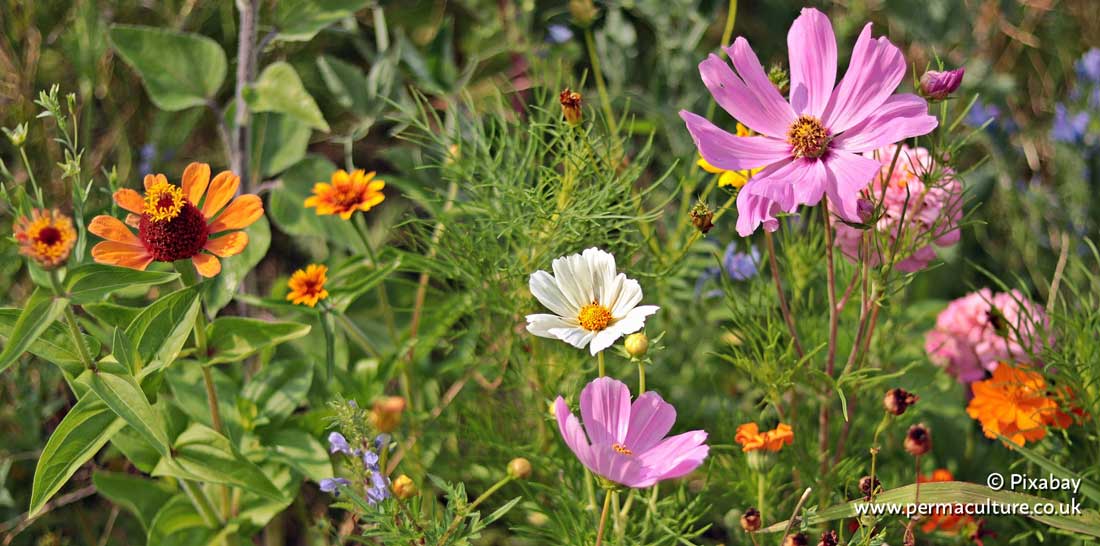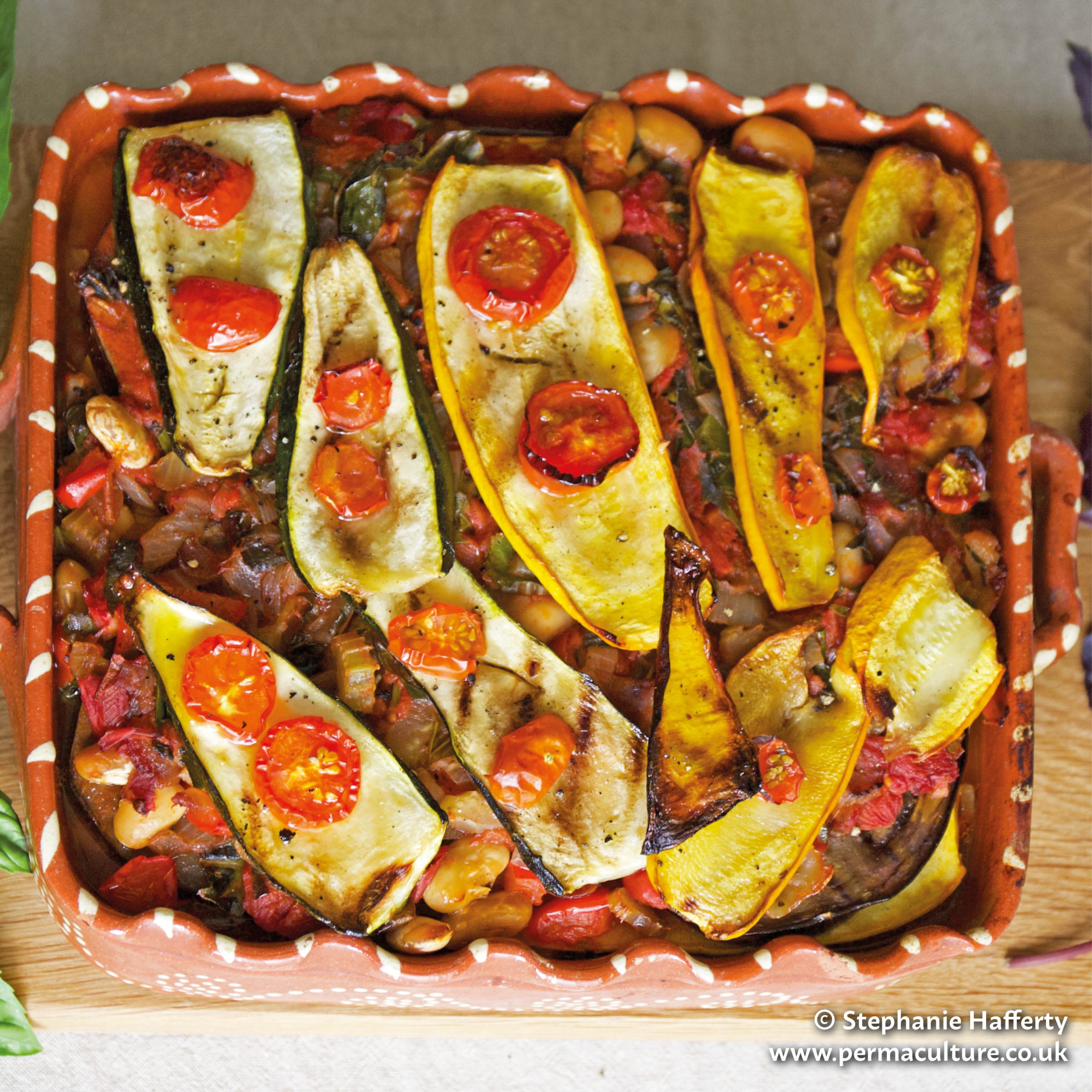Chickens do not have the ability to fly in the manner of wild birds, but certain breeds and determined individuals do have a propensity to propel themselves over fences, walls or even up into tree branches to roost.
Whilst free-range chicken keepers will be happy to let their flock roam within a specified area, ‘flighty’ birds will at best pose a nuisance and at worst put themselves in danger of traffic, predators and angry neighbours.
A common solution to this problem is to clip one of the chicken’s wings; a relatively straightforward, painless task that impedes the bird’s ability to ‘fly’ due to resulting imbalance of having one wing shorter than the other.
Although this is a safe, tried and tested technique, many new chicken keepers who can see the benefits of such a practice are reticent to carry out the clipping themselves, believing that they will go about things incorrectly, thereby causing the animal unnecessary pain and distress.
This, however, needn’t be the case and by following the step-by-step guide below, any careful chicken owner will be able to clip their bird’s wings in a quick, easy and painless manner.
The first thing to do is to catch your bird; something that can prove to be the most challenging element of the process.
The easiest method is to entice the bird with a few mealworms or grapes and then gently hold them down in the normal manner; chicken facing you, resting its chest on your forearm, feet between your fingers. You then have a free hand to hold down the top of the bird and do the actual wing clipping.
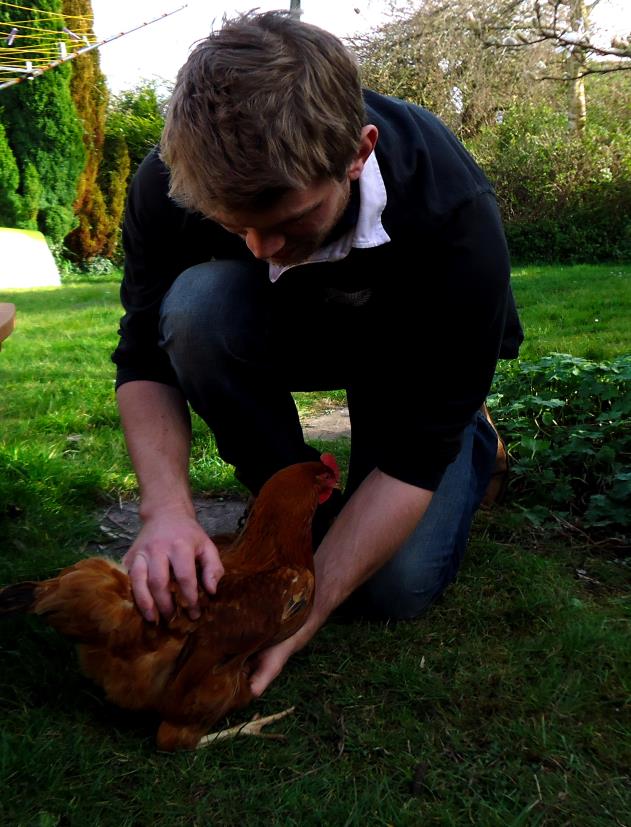
Note: If it’s your first time clipping wings, it can helpful to have another person to hold the bird whilst you inspect and then cut the wings.
Let the bird settle down and then slowly fan out one of the chickens wings.
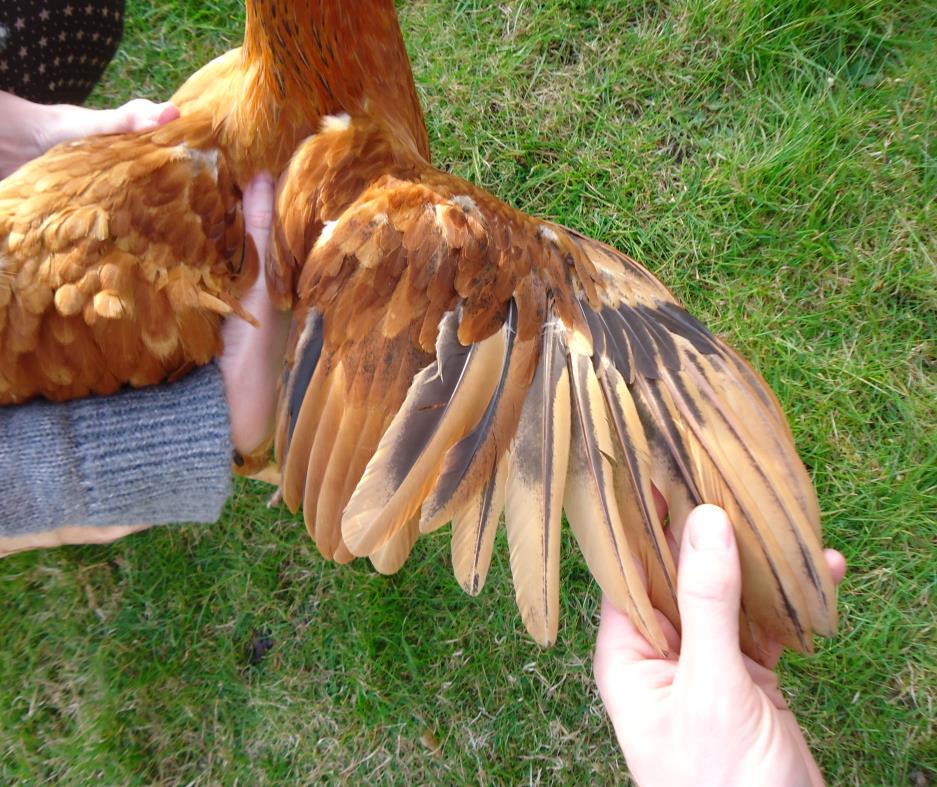
You will need to trim the first ten, large primary flight feathers of the wing (highlighted below) leaving the other smaller feathers intact to ensure that the bird can remain properly insulated.
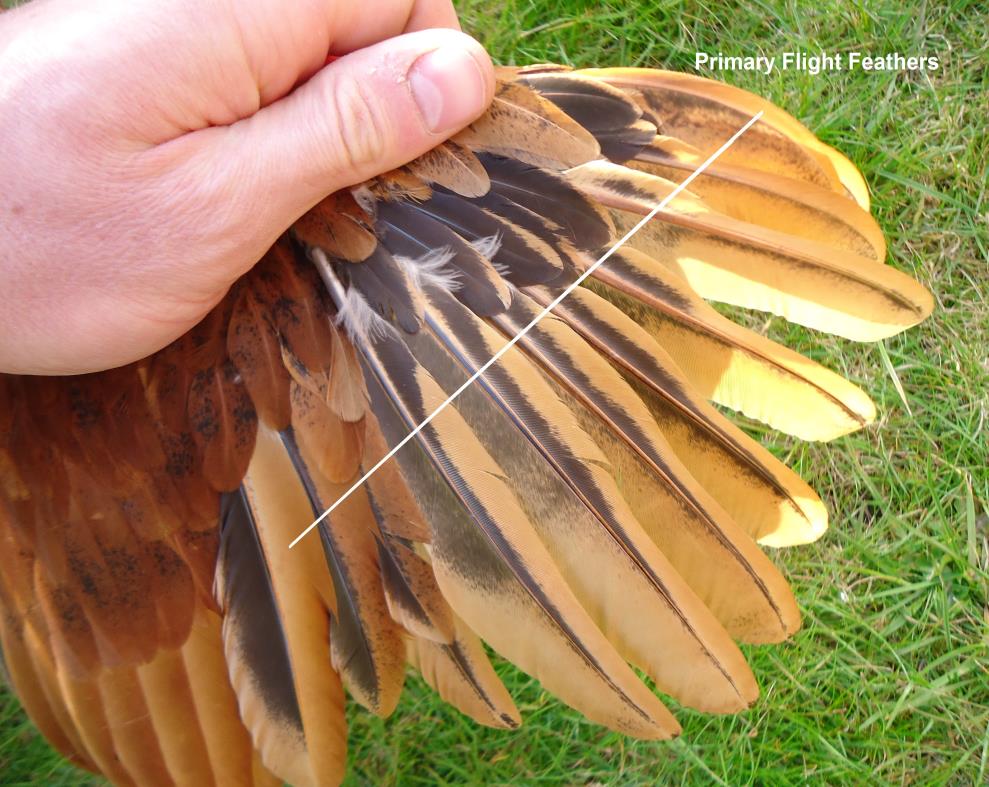
Next, it’s time for the actual cutting.
It’s important to cut the feathers at the right length; too short and you could hurt the bird, too long and the process is pointless. To get this right, it is necessary to inspect your bird’s feathers.
When a feather is growing, it will have a blood supply to it and if you look underneath a chicken’s wing you will be able to identify this as dark shading in the shaft of the feathers.
You do not want to cut through a feather in this dark area as, not only is it painful for the bird, it leaves the area open to future infection.
Where the feather’s shaft is white you are safe to cut as the level of blood flowing to that area has receded.
Once you have identified where is safe to cut each feather, get some sharp, clean scissors or secateurs and cut along all ten of the primary feathers. If able to, aim to cut just below the smaller feathers that overlap the primary feathers (see image) and don’t take more than 6cm off.
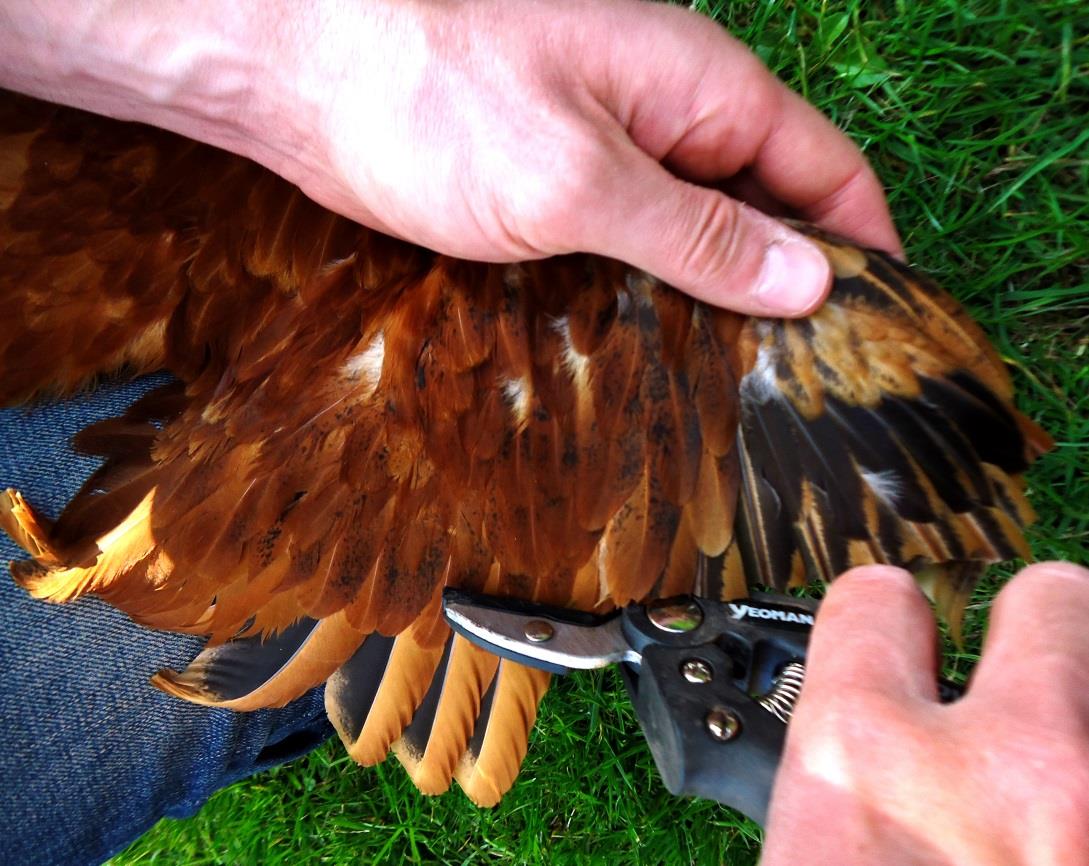
Remember; it is only necessary to trim one of the chicken’s wings, doing both will serve no useful purpose.
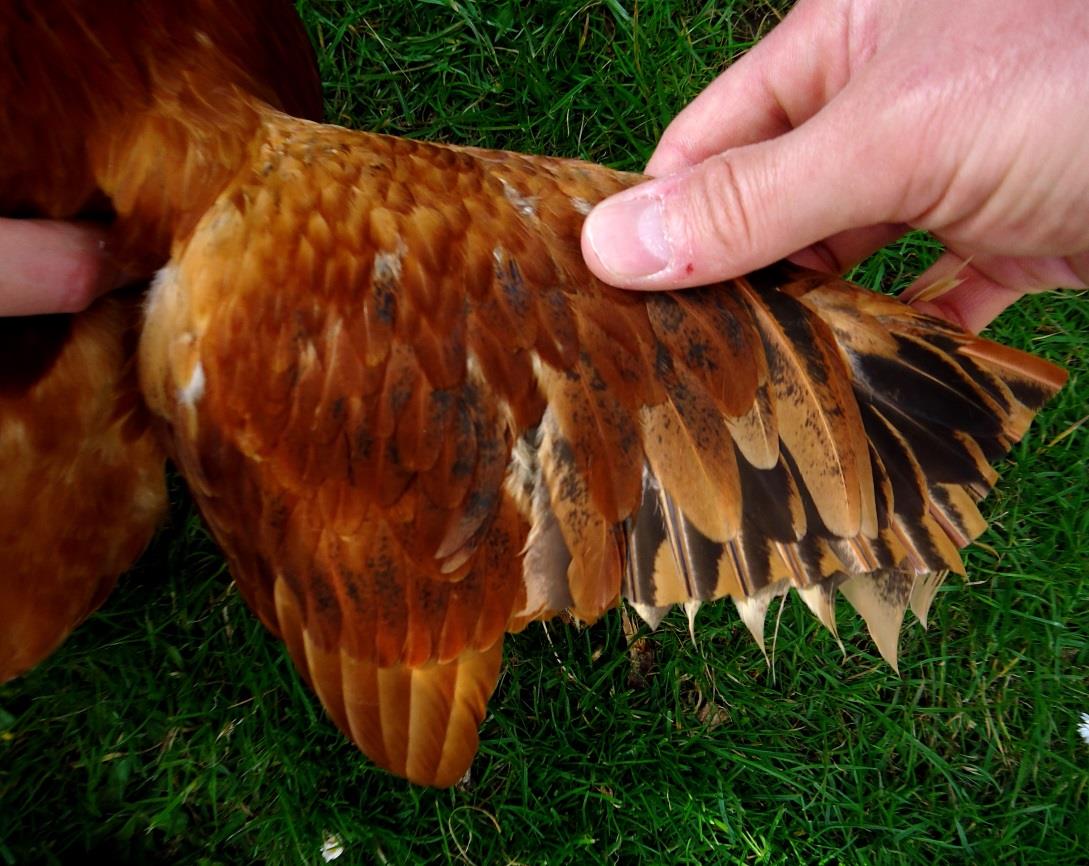
In all likelihood, after all this the chicken will be a little flustered, so give her a few seconds to regain her composure before letting her go again to re-join the flock.
It is likely that her agitation will spread to your other birds, so if you plan on clipping other chickens give the birds a few minutes to settle down before repeating the process.
You will have to repeat these steps every time the bird’s feathers grow back, but hopefully this guide has shown you that the process of clipping a chickens wings is relatively straightforward and one that you can easily tackle yourself.
There is no need to be daunted by the task and remember; by clipping their wings in the first place you may well be saving you chicken from potential harm in the future.
Good luck!
For more from James, visit his blog outdoorsandmore.wordpress.com
Chickens as permaculture pets: Each element performs many functions – an original permaculture design principle




